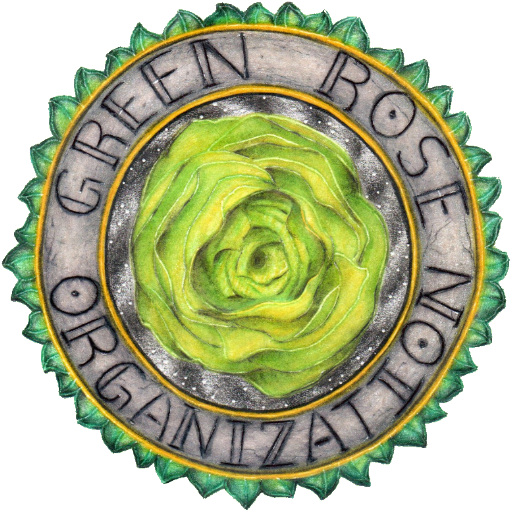Doctrine of Peace and Nonviolence
The Doctrine of Peace and Nonviolence asserts that true peace is achieved through understanding, compassion, and the rejection of violence in all forms. It emphasizes the importance of dialogue, cooperation, and respect for human dignity as foundational elements for resolving conflicts and building harmonious societies.
- Nonviolence as a Way of Life
- Promote nonviolent approaches to conflict resolution in personal, community, and international relations.
- Encourage individuals to adopt nonviolent principles in their daily lives, fostering a culture of peace.
- Dialogue and Understanding
- Advocate for open communication and dialogue as essential tools for resolving disputes.
- Encourage active listening and empathy to understand diverse perspectives and experiences.
- Respect for Human Dignity
- Uphold the inherent dignity of every individual, regardless of their background or beliefs.
- Challenge discrimination, oppression, and violence against any group or individual.
- Community Building
- Foster strong, inclusive communities that prioritize cooperation and mutual support.
- Encourage grassroots movements that promote peace and nonviolence at the local level.
- Education for Peace
- Integrate peace education into curricula at all levels, teaching conflict resolution, empathy, and critical thinking.
- Promote awareness of the impacts of violence and the benefits of nonviolent approaches.
- Global Cooperation
- Advocate for international collaboration to address global conflicts and challenges through peaceful means.
- Support diplomatic efforts and peace treaties that prioritize dialogue over military action.
- Restorative Justice
- Promote restorative justice practices that focus on healing and reconciliation rather than punishment.
- Encourage communities to address harm through dialogue and mutual understanding.
Implementation Strategies
- Legislative Advocacy
- Support laws and policies that promote nonviolent conflict resolution and protect human rights.
- Advocate for disarmament and the reduction of military expenditures in favor of social programs.
- Community Initiatives
- Organize workshops, seminars, and events that promote peace and nonviolence.
- Create safe spaces for dialogue among diverse groups to foster understanding and cooperation.
- Partnerships
- Collaborate with non-profit organizations, educational institutions, and community groups to promote peace initiatives.
- Engage with local leaders and influencers to amplify the message of nonviolence.
- Monitoring and Evaluation
- Establish metrics to assess the effectiveness of peace initiatives and nonviolent practices.
- Gather feedback from communities to continuously improve strategies and approaches.
Conclusion
The Doctrine of Peace and Nonviolence serves as a guiding framework for individuals and societies striving for a more peaceful world. By committing to these principles and strategies, we can work towards resolving conflicts through understanding and compassion, ultimately fostering a culture of peace for all.




